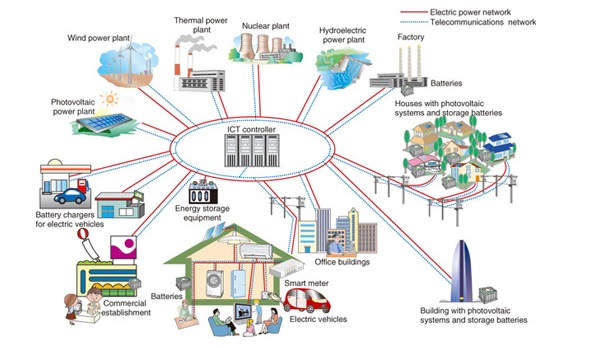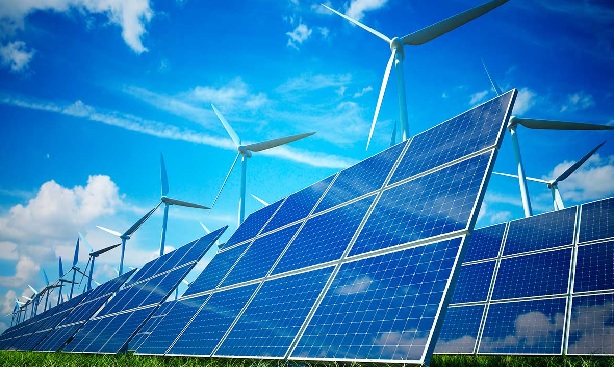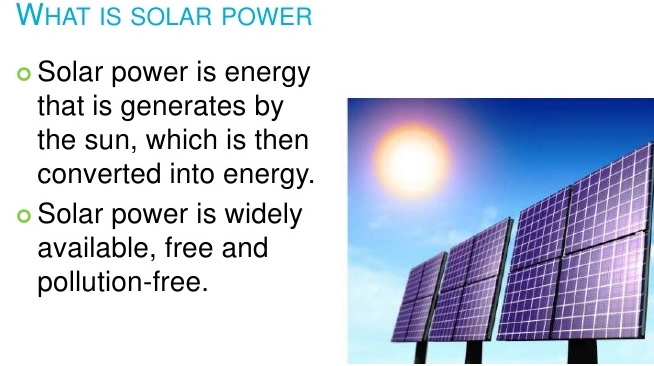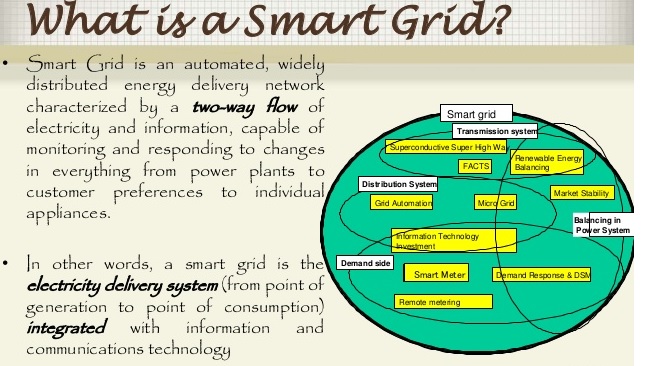Professor Massoud Amin on Smart Grids That Manages Electricity in a Reliable Manner

The smart grid is changing the way utilities converse with their clients. Smart grid technology, including control systems and automation that assist new technologies work together, assists a power grid that can reply digitally to change electricity
Minneapolis, Minnesota Mar 18, 2021 (Issuewire.com) – Electricity has become the most indispensable need of modern society today because of the heavy reliance on it. The lives of people are made at ease by several electrical appliances at the house, while offices and industrial machines also use electricity. There is no sector that is still untouched by these inventions. But, power generation is the single largest source of greenhouse emissions, which is making a noteworthy contribution to climate change.
Smart grid is a new power distribution system that uses IT, the upsurge of digital and computer revolution. This technology can make electricity safer, efficient, clean, and also one that is able to manage the increasing complexity automatically of its use in the twenty-first century.
A smart grid is an advanced system of conventional power grids that manages electricity in a reliable, sustainable, and financial manner.
- It is built on advanced infrastructure and enables the integration of all components and equipment involved.
- It comprises electronic power conditioning and controlled production and electricity distribution.
- It comprises a range of operational and energy-saving features such as renewable energy resources, smart meters, and energy efficiency resources.
Advantages of Smart Grid
Enhanced use and shift towards renewable energy sources are foreseeable in the coming decades. The largest difference between conventional grids and smart grid is that the smart grid is bi-directional, thus enabling distributed generations with improved efficiency.
The additional power generated at the load, for instance, from wind turbines, rooftop photovoltaic cells, or pumped hydroelectric power is fed back to smart grids. The enhanced flexibility along with next-generation technology allows greater penetration of the extremely variable nature of the renewable energy sources such that even without the accumulation of energy storage their application and commercial viability enhances. This assists them to offer a stable production always.
Professor Massoud Amin rightly says that a smart grid makes the electric power system more resilient and better prepared to address emergencies such as earthquakes, thunderstorms, large solar flares, terrorist attacks, etc. Smart grid enables automatic rerouting when equipment fails or outages take place thanks to its self-healing and self-diagnostic technology. This technology notices and cut-offs the outages prior to they turn large-scale.
Massoud Amin further states that the primary feature of smart grid is that it is smart for instance it promises that electricity resumes fast and deliberately after an emergency; routing electricity to hospitals and emergency services mainly. There is augmented consumer control when one uses this technology.




Media Contact
Professor of Electrical and Computer Engineering at the University of Minnesota
200 Union Street S.E., 5-181 Keller Hall
Source :Electrical and Computer Engineering at the University of Minnesota
This article was originally published by IssueWire. Read the original article here.

